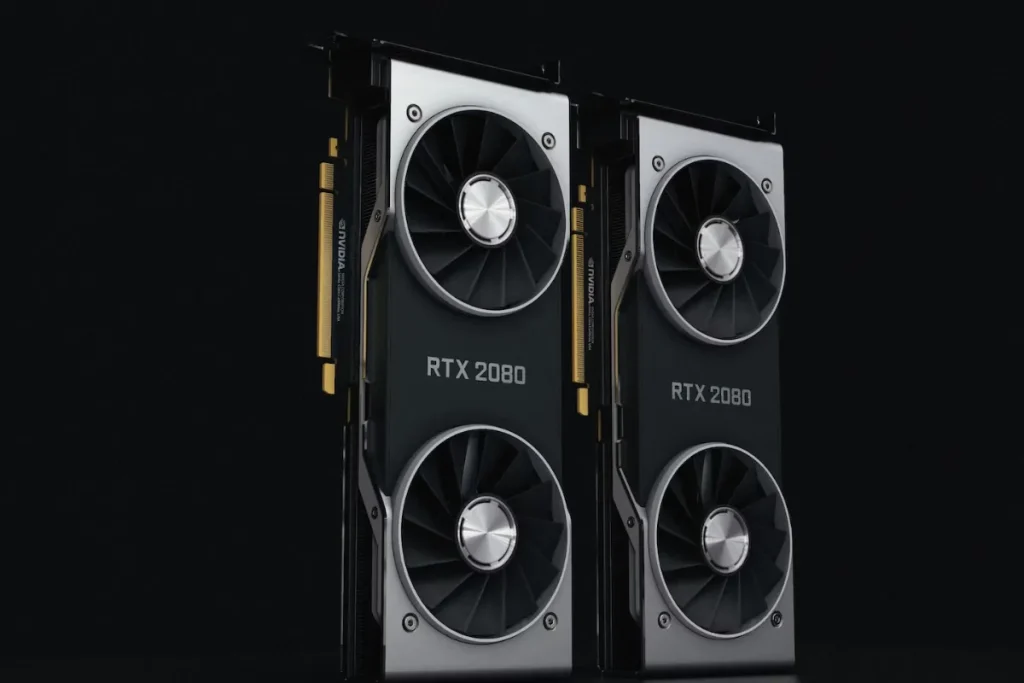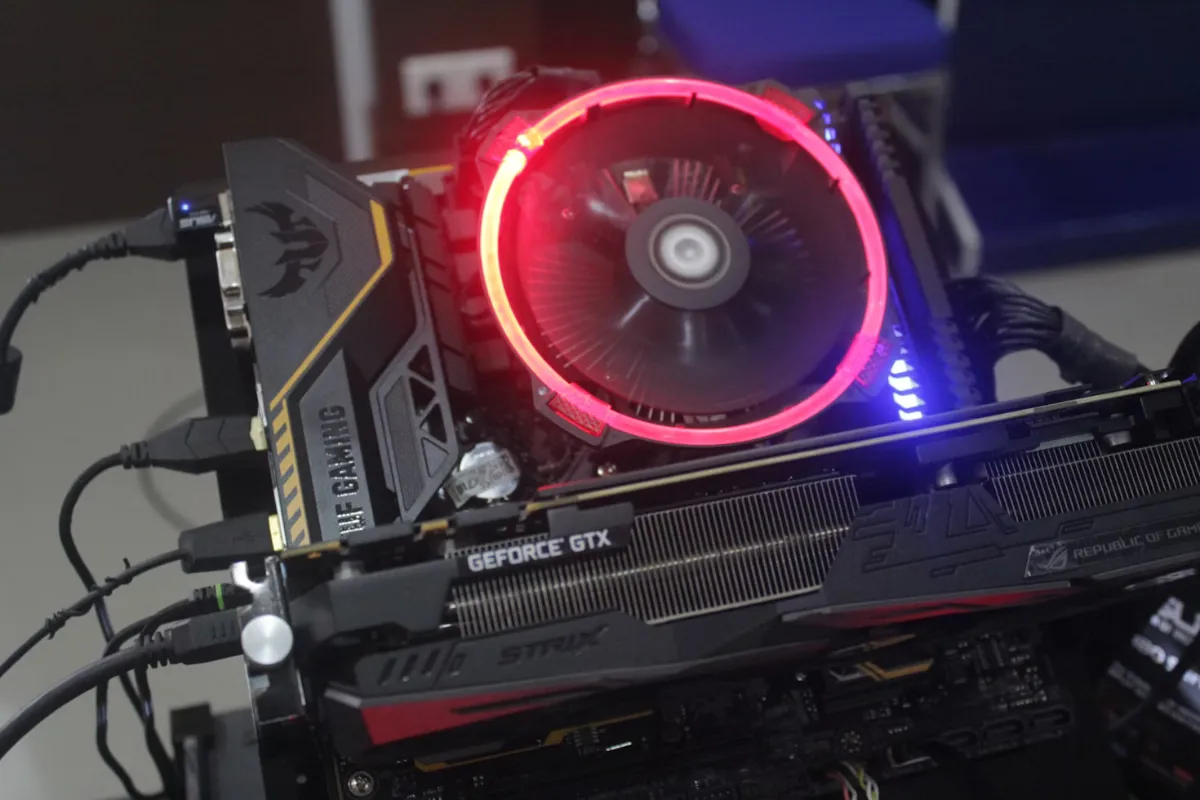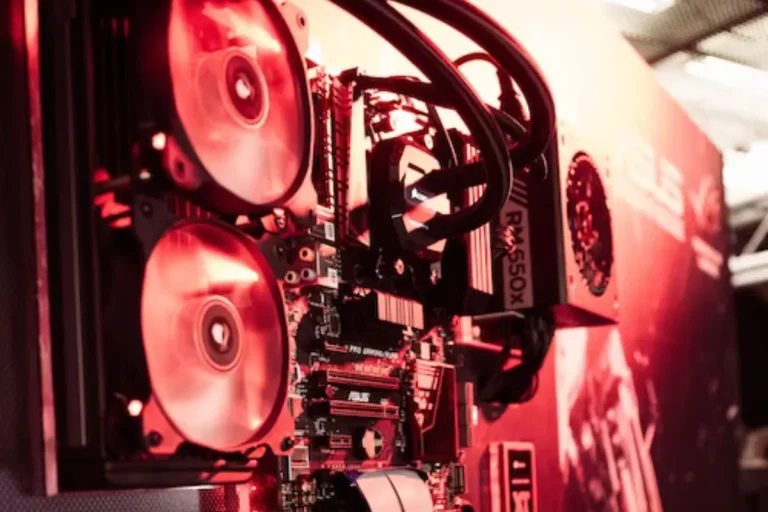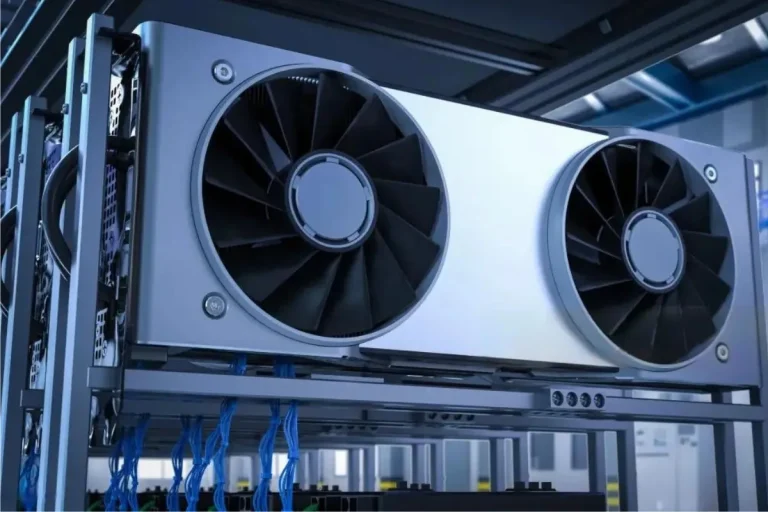How hot can a GPU run without damage?
Have you ever wondered how hot your graphics card can get before it starts to suffer damage? Understanding the safe operating temperature range for your GPU is crucial to ensure optimal performance and prevent hardware issues.
We will explore the temperature limits of GPUs and provide valuable insights on how to keep your graphics card running cool without compromising its longevity.
Monitoring GPU Temperatures
Monitoring the temperature of your GPU is essential to ensure it stays within safe operating limits and prevents potential damage. Thankfully, there are software tools available that allow you to keep tabs on your GPU’s temperature in real time.
Let’s explore the importance of monitoring GPU temperatures and some recommended practices.
Introduction to Software Tools for Monitoring GPU Temperatures
To monitor your GPU temperatures, you can rely on various software tools specifically designed for this purpose. Some popular options include:
- MSI Afterburner: A widely used software with a user-friendly interface that provides real-time temperature monitoring, fan speed control, and overclocking features.
- EVGA Precision X1: Offering similar functionality to MSI Afterburner, EVGA Precision X1 is specifically designed for EVGA graphics cards and allows for accurate temperature monitoring and fan control.
- GPU-Z: This lightweight software provides detailed information about your GPU, including temperature monitoring, clock speeds, and memory usage.
- HWMonitor: A comprehensive system monitoring tool that displays GPU temperatures along with other vital system parameters like CPU temperature and fan speeds.
Recommended Temperature Monitoring Practices
When monitoring your GPU temperatures, it’s important to follow some best practices:
- Use Reliable Software: Choose a reputable software tool that is compatible with your GPU model and regularly updated to ensure accurate temperature readings.
- Monitor in Real-Time: Keep an eye on the temperature readings while running graphics-intensive applications or games to identify any potential overheating issues promptly.
- Establish Safe Temperature Thresholds: Familiarize yourself with the recommended temperature range for your specific GPU model and set custom alerts if the temperature exceeds safe limits.
- Regularly Check for Dust and Cleanliness: Dust accumulation can hinder proper cooling, leading to higher temperatures. Regularly clean your GPU and ensure adequate airflow within your system.
Preventing GPU Overheating

When it comes to keeping your GPU running cool and preventing overheating, proactive measures can make a significant difference. In this section, we will explore two crucial methods for preventing GPU overheating: cleaning and maintaining the GPU and its cooling system and optimizing case airflow through cable management and fan placement.
Cleaning and Maintaining the GPU and Its Cooling System
Over time, dust and debris can accumulate on your GPU and its cooling components, hindering heat dissipation and leading to increased temperatures. Regular cleaning and maintenance are essential to prevent overheating. Here’s what you can do:
- Gently remove the GPU from the motherboard and use compressed air or a soft brush to remove dust from the fans, heatsinks, and PCB. Be careful not to damage any delicate components.
- Dust can clog the fans and heatsinks, reducing their efficiency. Use compressed air or a soft brush to clean them thoroughly. Consider removing the fans for better access if needed.
- Over time, the thermal paste between the GPU and the heatsink may dry out or become less effective. Clean the old paste and apply a fresh, high-quality thermal paste to ensure optimal heat transfer.
Optimizing Case Airflow through Cable Management and Fan Placement
Proper airflow within your computer case is crucial to prevent GPU overheating. Here are some tips to optimize case airflow:
- Cable Management: Neatly organize and route cables to avoid blocking airflow. Use cable ties or Velcro straps to secure cables and keep them away from the GPU and fans.
- Fan Placement: Ensure that your case has sufficient fans, and position them strategically for optimal cooling. Place intake fans at the front or bottom of the case and exhaust fans at the rear or top.
- Remove Obstructions: Check for any obstructions, such as unused drive cages or unnecessary components, and remove them to improve airflow.
Frequently Asked Questions
1: How hot can a GPU run before it starts to get damaged?
GPUs are designed to operate within a temperature range to ensure safe and reliable performance. While temperature limits can vary depending on the specific GPU model, generally, temperatures below 90-95°C (194-203°F) are considered safe.
2: Is it normal for my GPU to reach high temperatures during intensive gaming or tasks?
Yes, it is normal for GPUs to run at higher temperatures under heavy loads. Modern GPUs are equipped with thermal protection mechanisms, such as automatic fan speed control, to prevent overheating and damage.
3: What happens if my GPU exceeds the recommended temperature limits?
When a GPU exceeds its recommended temperature limits, it can lead to decreased performance, system instability, and in extreme cases, thermal throttling or even permanent damage to the GPU components.
4: How can I monitor the temperature of my GPU to ensure it stays within safe limits?
You can monitor GPU temperature using various software tools, such as GPU monitoring utilities or system monitoring software. These tools provide real-time temperature readings, allowing you to keep an eye on your GPU’s temperature.
5: What steps can I take to prevent my GPU from overheating?
To prevent GPU overheating, ensure proper airflow within your computer case, clean the GPU and its cooling components regularly, and consider using additional cooling solutions such as aftermarket fans or liquid cooling systems if necessary. Proper cable management and fan placement can also help optimize case airflow.
Conclusion
Ensuring that your GPU operates within safe temperature limits is crucial for its longevity and performance. While temperatures below 90-95°C (194-203°F) are generally considered safe, it’s essential to monitor and prevent excessive heat.
By maintaining proper airflow, regular cleaning, and considering additional cooling solutions if needed, you can keep your GPU running cool and protected from potential damage.




